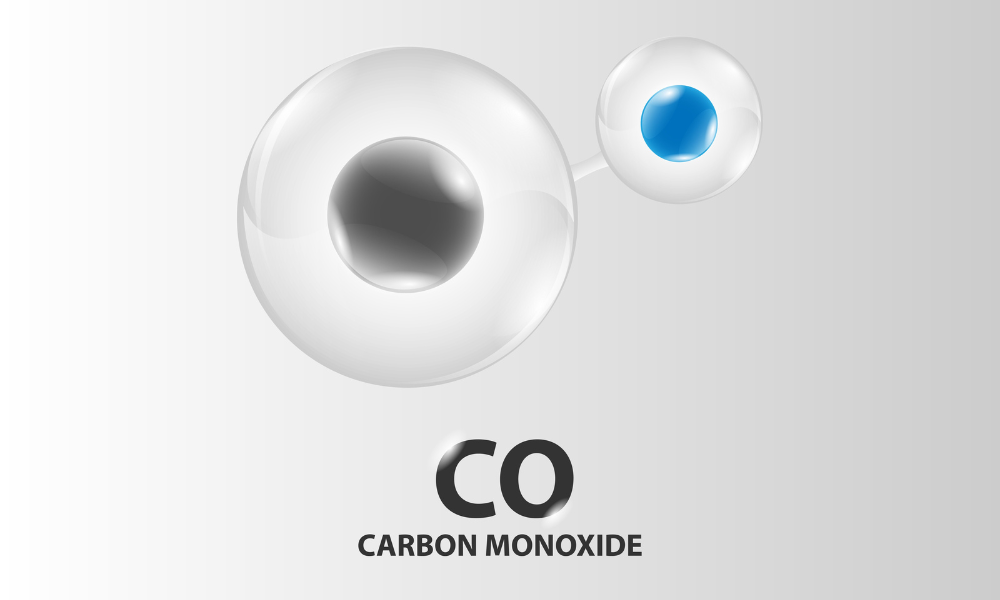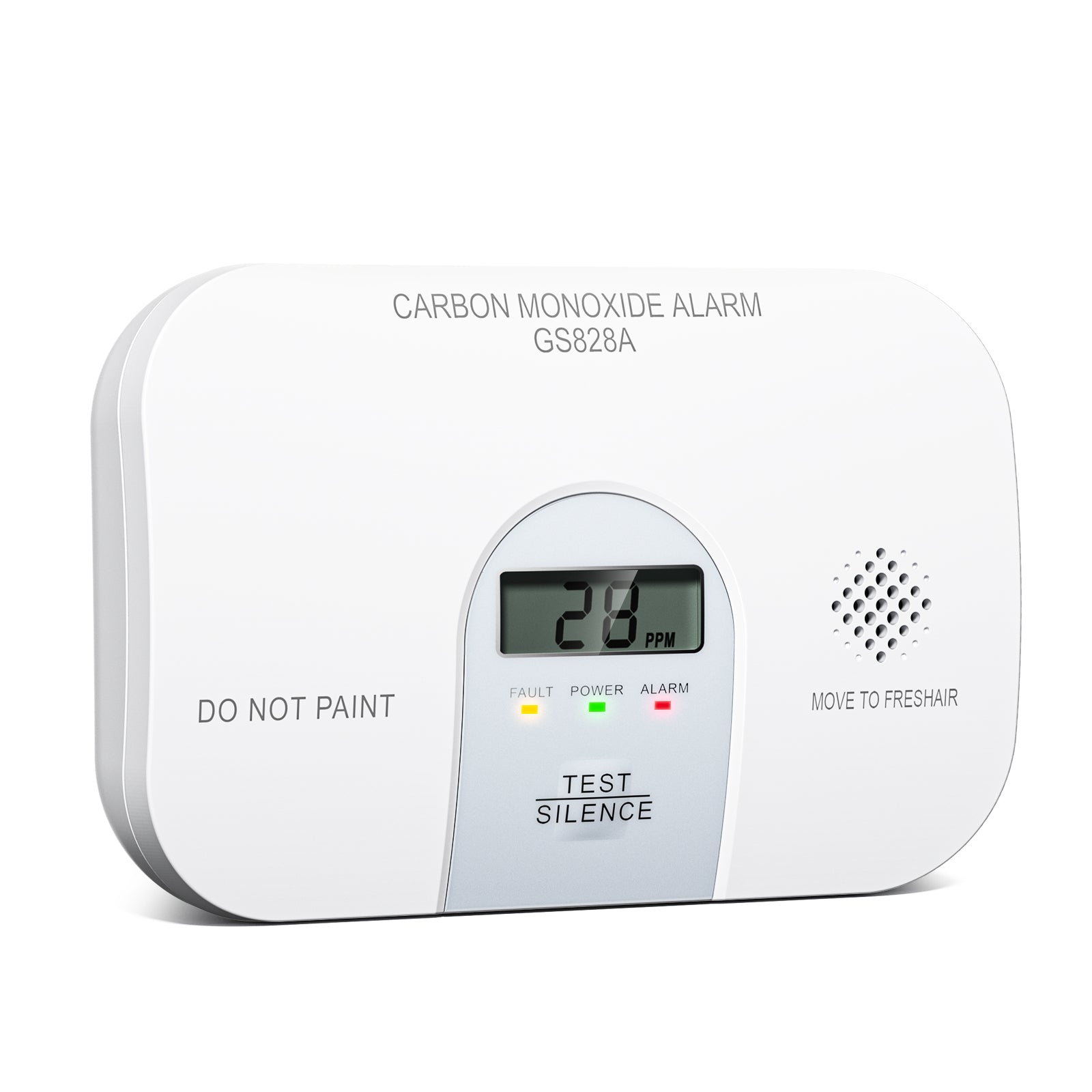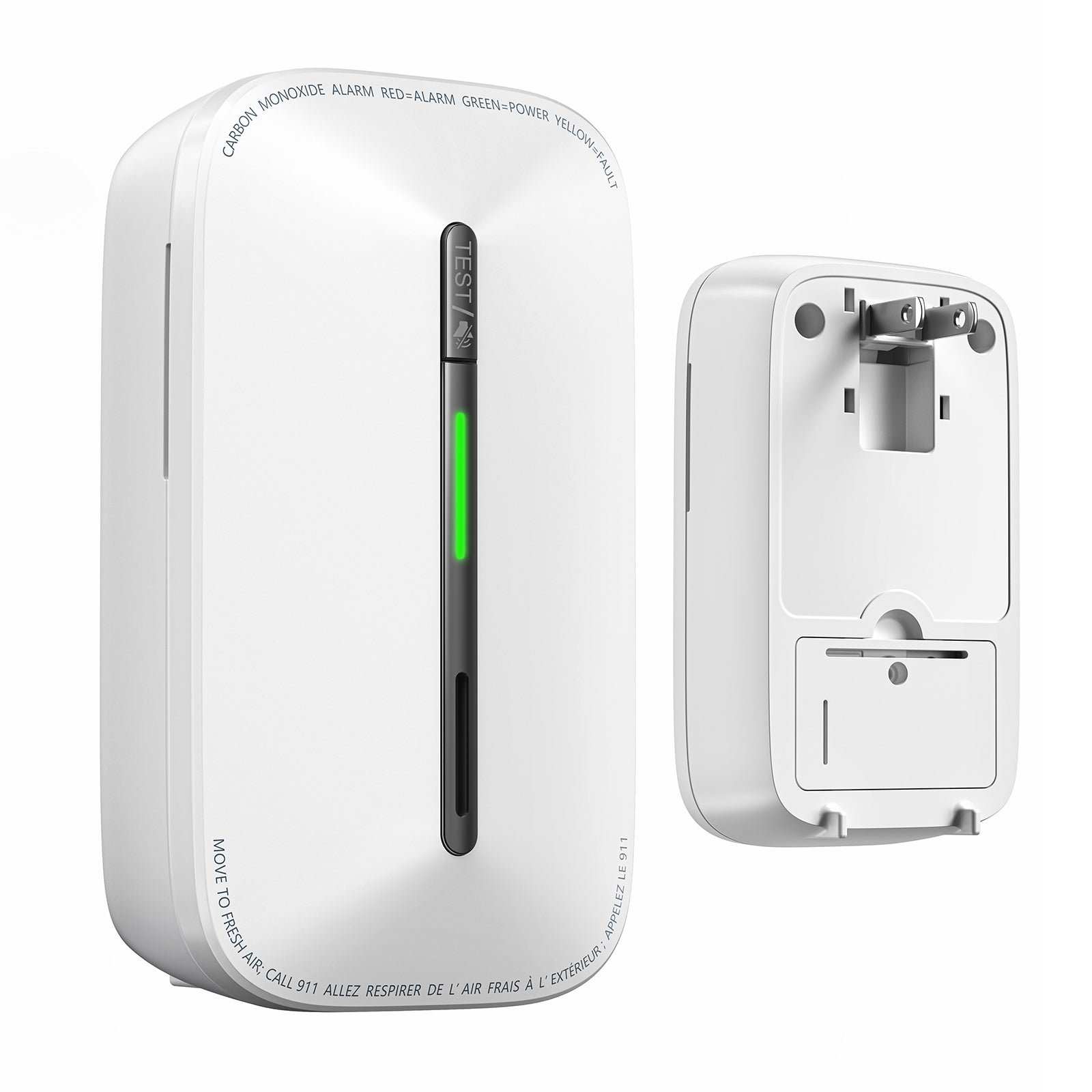Wildfires have become an all-too-common occurrence in many parts of the United States, particularly in states like California, Oregon, and Colorado. These fires, often fueled by dry conditions and high winds, not only pose a significant threat to life and property but also lead to widespread smoke, that affects people in nearby cities and towns.
For homeowners, this can result in unexpected and frequent triggers of smoke alarms inside their homes. While these alarms are designed to keep us safe in case of fire, many residents find themselves wondering: how does the smoke coming from a wildfire miles away set off my smoke detectors?
Wildfire Smoke and Its Characteristics
Firstly, we get to know that wildfire smoke contains various components, including fine particulate matter (PM2.5), ash, and gases. These particles can travel long distances and impact indoor air quality.
- Smoke Particles (PM2.5): These tiny particles penetrate deep into the lungs, causing respiratory issues and infiltrating buildings through open windows or ventilation systems, potentially affecting smoke detectors.
- Ash: Larger than smoke particles, ash can enter through ventilation systems or windows and accumulate in smoke detectors, reducing their sensitivity.
- Gases and Chemicals: Wildfire smoke releases gases like carbon monoxide, carbon dioxide, and VOCs. While they don’t typically trigger alarms, they degrade air quality and pose health risks.
Why Smoke Detectors Are Affected
Smoke detectors are highly sensitive devices, designed to respond rapidly to the presence of airborne particulates. During wildfires, large volumes of smoke and fine particulate matter can travel great distances, entering homes and buildings even when the fires themselves are miles away. The problem is that most smoke alarms aren’t sophisticated enough to distinguish between smoke from a raging forest fire and smoke from a kitchen mishap or an actual fire within the premises.
1. How Smoke Enters Indoor Spaces
Wildfire smoke doesn’t need a wide-open window to get in. It infiltrates buildings through:
- Windows and doors left ajar or not properly sealed
- Ventilation systems, including HVAC units that pull outdoor air inside
- Cracks and structural gaps in older buildings
- Bathroom or kitchen exhaust vents, especially those without proper backdraft dampers
Modern buildings with high-efficiency filters (like HEPA or MERV-rated systems) can reduce some of this intrusion, but most residential systems aren’t equipped to fully block ultrafine particles common in wildfire smoke.
Without adequate filtration, smoke can accumulate indoors, triggering alarms even in the absence of a localized fire threat. This is especially problematic in regions prone to seasonal wildfires, where smoke can linger for days or weeks.
2. The Source of Smoke: A Critical Distinction
Smoke alarms function on a simple principle: detect smoke, sound the alarm. But they don’t know where the smoke came from. Whether it's a wildfire two counties away or a burning toaster, the detector reacts the same way. This inability to contextualize the source means that during wildfire events, people may experience repeated false alarms—even when their building is structurally safe.
Ionization vs. Photoelectric Detectors in Wildfire Smoke
- Ionization Smoke Detectors: These detectors are more sensitive to small, fast-moving smoke particles, typically found in flaming fires. Wildfire smoke, however, consists of a mix of both small and larger particles, and ionization detectors are less effective at detecting the larger particles that are prevalent in wildfire smoke.
- Photoelectric Smoke Detectors: These detectors are better equipped to detect larger smoke particles, which are common in both smoldering fires and wildfire smoke. Photoelectric detectors can respond more effectively to smoke from wildfires, especially when the fire is not flaming but smoldering.
False Alarms: Why They Happen
One of the most common issues homeowners face during wildfire season is the frequency of false alarms. The smoke entering the home, while originating from a wildfire, does not indicate a fire inside the building.
- Smoke vs. Fire: Smoke detectors react to the presence of smoke, not its source. In the case of wildfire smoke, the detector may mistakenly interpret the outdoor smoke as an indoor fire threat.
- Smoke Detection: Wildfire smoke is often thick and pervasive, meaning it can trigger alarms even in homes far from the fire. Both ionization and photoelectric detectors are sensitive to various types of smoke, but the widespread nature of wildfire smoke makes false alarms more common during fire season.
- Ash Buildup: Ash from wildfire smoke can accumulate inside smoke detectors, blocking sensors and reducing their sensitivity. This buildup can cause slower response times, increased false alarms, or even failure to detect fires.
How to Manage Smoke Detectors During Wildfire Season
Wildfire smoke can challenge the effectiveness of smoke detectors. Here’s how to keep them functioning properly and minimize false alarms during wildfire season:
1. Regularly Check and Maintain Detectors
- Test alarms: Press the test button regularly.
- Clean detectors: Remove dust and ash with a vacuum or compressed air.
- Replace batteries: Change batteries at least once a year, especially before wildfire season.
2. Temporarily Isolate Detectors
During intense wildfire smoke, disable or choose another place for detectors temporarily to avoid constant false alarms. This can be done without affecting other interconnected detectors in the house.
3. Use Additional Monitoring Devices
- Air Quality Monitors: Track indoor air quality and detect harmful particles like PM2.5.
- PM2.5 Sensors: These can help identify when smoke particles infiltrate your home, even if smoke detectors don’t trigger.









